- The ‘Royal Tiger’ badge was awarded as a lasting testimony to the exemplary conduct of the Regiment during its service in India
- Sergeant Smith won the first Victoria Cross for the Regiment at Battle of the Great Redan in 1855
- The Regiment fielded nineteen battalions during World War I
The original Leicester Tigers
The troubled days that marked the closing period of the reign of King James II saw the birth of what was to become The Royal Leicestershire Regiment. Colonel Solomon Richards was commissioned to raise a Regiment on 27th September 1688, which initially was named after him.
Service across Europe
After a brief period of service as Marines the Regiment joined the British Expeditionary Force which was sent to France. In 1695 it won special distinction and its first Battle Honour for the gallant part all ranks played in the siege of Namur, a strongly fortified town (in what is now Belgium) which was deemed impregnable.
They continued to serve with much credit in Flanders and took part in Marlborough’s campaigns fighting with great valour at Huy, Liege, Venloo and elsewhere. The Regiment was then sent to join the army of Lord Peterborough and at Almanza (Spain) in 1707 it fought until hardly a man was left standing. It was re-organised and employed in the defence of Catalonia, and in 1709 was brought home.
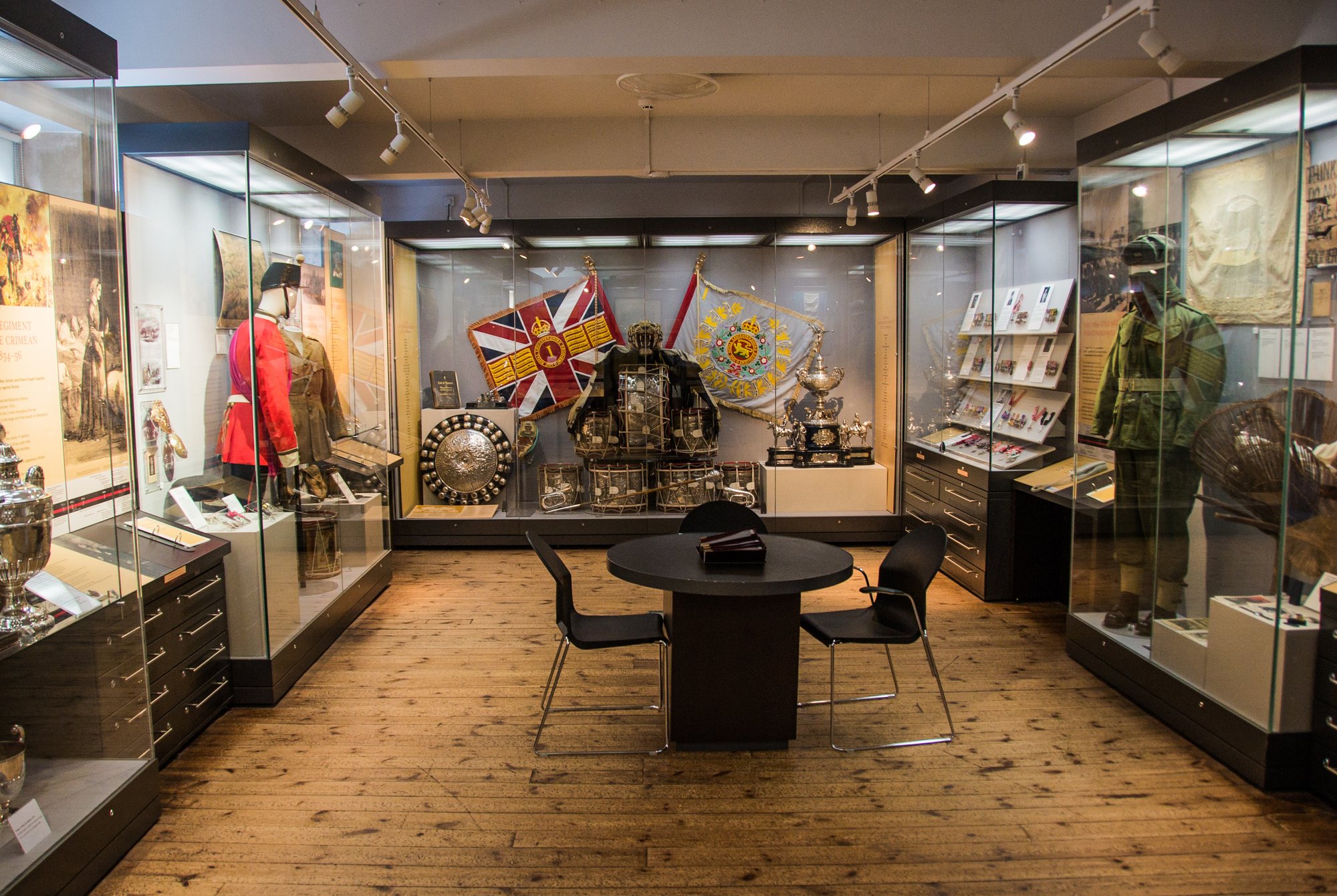
Stationed in Canada and the American War of Independence
In 1725 the Regiment was sent to Minorca and remained there for twenty-four years. In 1751 it became titled the 17th Regiment of Foot. At the outbreak of the Seven Years War it was sent to Nova Scotia and took part in the famous siege and capture of Louisburg, Cape Breton in 1758. It had many more successes, defeating the French at Crown Point and Ticonderoga, and was present at the capture of Montreal in 1760 which transferred the sovereignty of Canada from France to Britain.
In 1761 the Regiment served with distinction in the West Indies, being present at the capture of Martinique, and subsequently at the capture of Havana.
At the commencement of the American War of Independence the Regiment was again sent across the Atlantic and landed in Boston on New Year’s Day 1776. It was actively engaged in many of the battles of this campaign. It was stationed in Nova Scotia and in Newfoundland until 1788, and in 1782 was renamed the 17th (Leicestershire) Regiment.
India connection
In 1804 the Regiment embarked for India where it was destined to win its much-prized badge of the ‘Royal Tiger’, super-scripted ‘Hindoostan’. For over eighteen years the Regiment took part in actions in India and helped to lay the foundation of the British Empire there. On leaving India in 1823 to return home the ‘Royal Tiger’ badge was awarded as a lasting testimony to the exemplary conduct of the Regiment during its service in India.
After a brief spell at home and in Australia the Regiment was back again in India in 1837 and took part in many campaigns. The Battle Honours of Scinde, Hyderabad, Kurrachee, Afghanistan, Ghuznee, and Khelat were proudly displayed on the Colours.
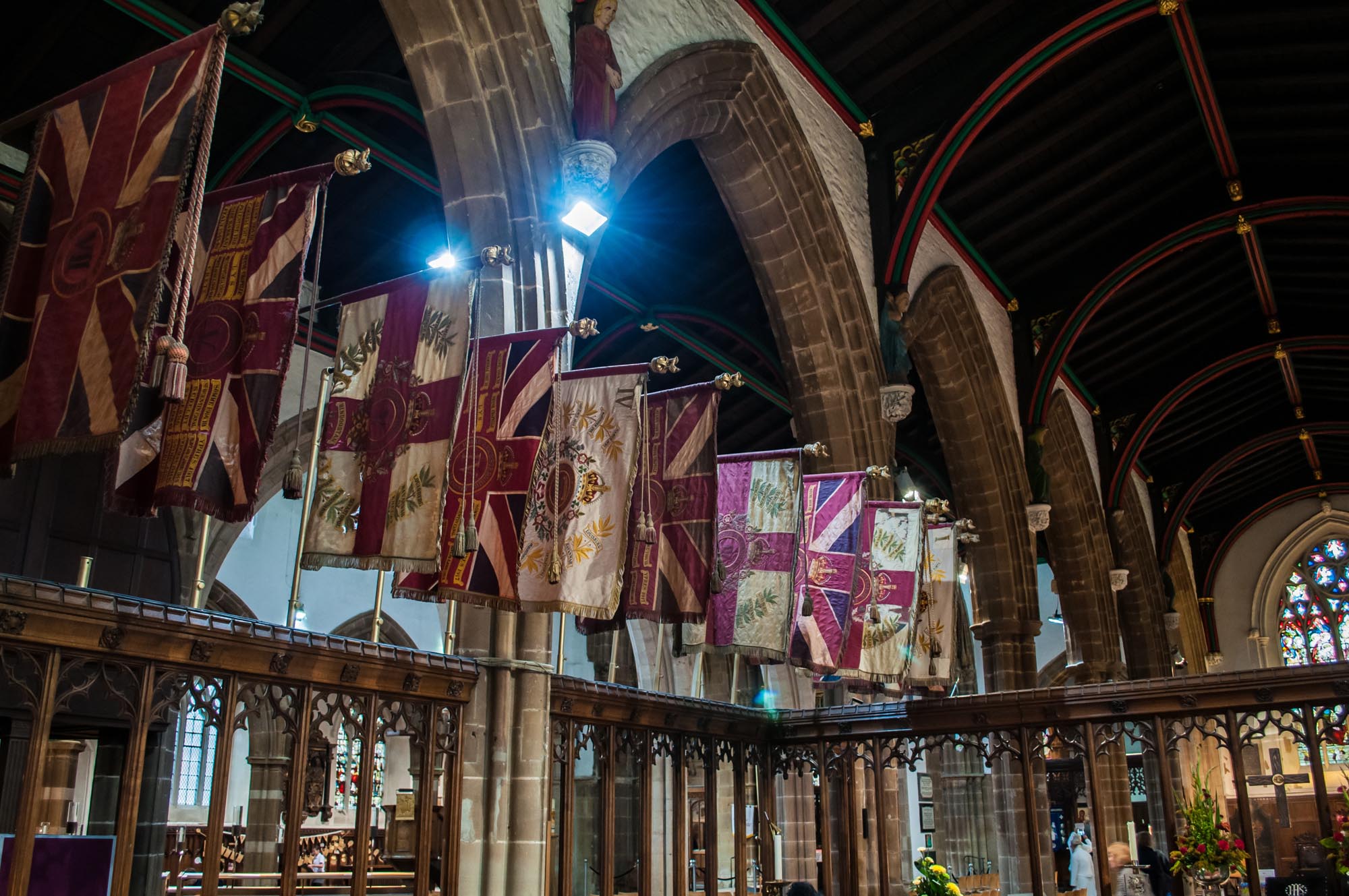
Great honours
From 1841 until after 1899, Battalions of the Regiment excelled and won great honours fighting in such diverse places as Aden and Gibraltar. When war with Russia broke out in 1855 the Regiment formed part of the army, which landed in the Crimea. There at Sevastopol, taking part in the fierce assaults on the Redan, Sergeant Smith won the first Victoria Cross for the Regiment.
It next saw service in Afghanistan in 1878-79, employed in the capture of the famous fortress of Ali Masjid, which guarded the Khyber Pass, and in the two expeditions into the Bazar Valley. In 1881 it was renamed The Leicestershire Regiment.
In 1899 the Regiment began another long spell of active service in the South African War, distinguishing itself at Talana Hill, and Ladysmith. After a brief rest it carried the war into the Orange Free State and the Transvaal, and was present at the storming of Laing’s Nek and the capture of Amersfort, Ermelo and Belfast, and in the operations around Lydenberg.
In the First World War the Regiment fielded nineteen Battalions, fighting in all theatres of war from France to Mesopotamia, winning three Victoria Crosses and earning thirty-seven Battle Honours.
Discover the timeline of the Leicestershire Regiment during the First World War.
In the Second World War six Battalions of The Leicesters served in theatres of war from Norway to Malaya earning twenty-two Battle Honours. For its outstanding contribution, in 1946 it was granted “Royal” status and became The Royal Leicestershire Regiment.
Post-WW II the Regiment saw service in Korea, Germany, Sudan, Cyprus, Hong Kong, Brunei, Borneo, Aden, Malta and Libya.
On 1 September 1964, The Royal Leicestershire Regiment was amalgamated into The Royal Anglian Regiment, with 1st Battalion of the former becoming 4th (Leicestershire) Battalion of the new Large Regiment of Infantry. The Royal Leicestershire Regiment (Territorial) ceased to exist in 1971. The heritage of Leicestershire’s County Regiment is currently carried forward by B (Leicestershire) Company 2nd Battalion The Royal Anglian Regiment and by 2 (Leicestershire and Lincolnshire) Company 3rd Battalion The Royal Anglian Regiment (Army Reserve).
The Museum of The Royal Leicestershire Regiment forms part of Newarke Houses.
With thanks to Ray Cunningham MBE, Regimental General Committee.
Gallery
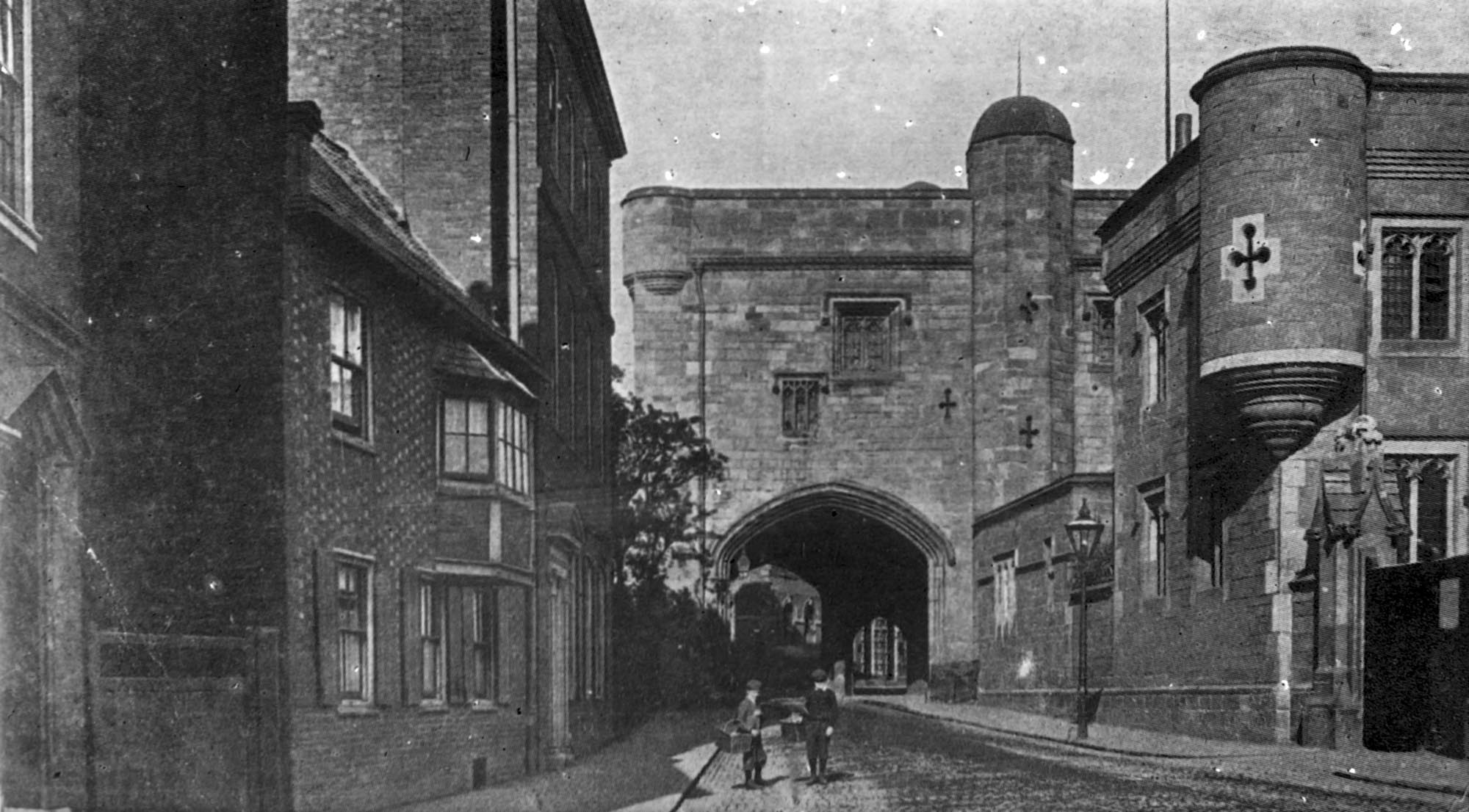
Leicestershire Record Office
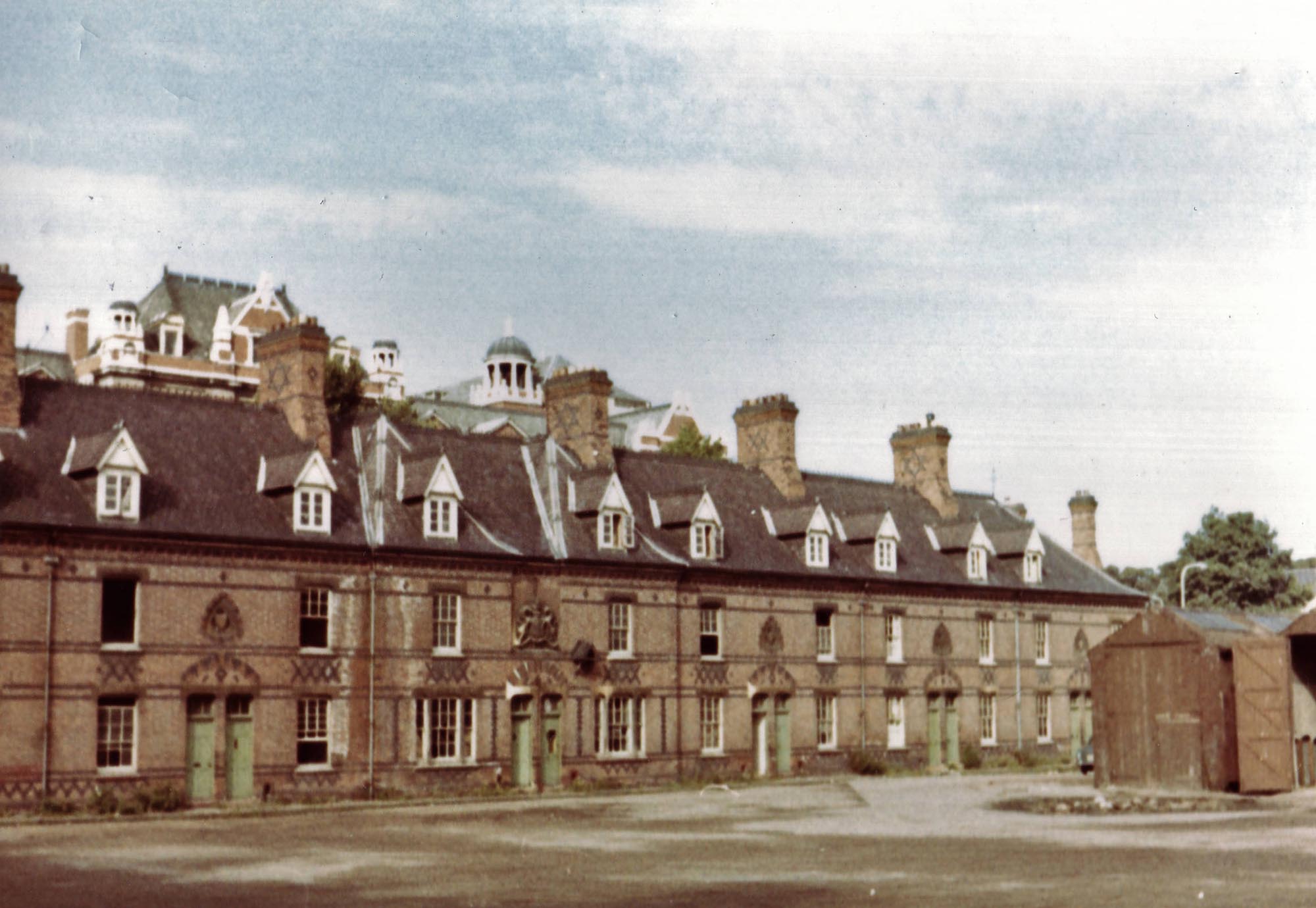
Dennis Calow, from the University of Leicester Special Collections Online
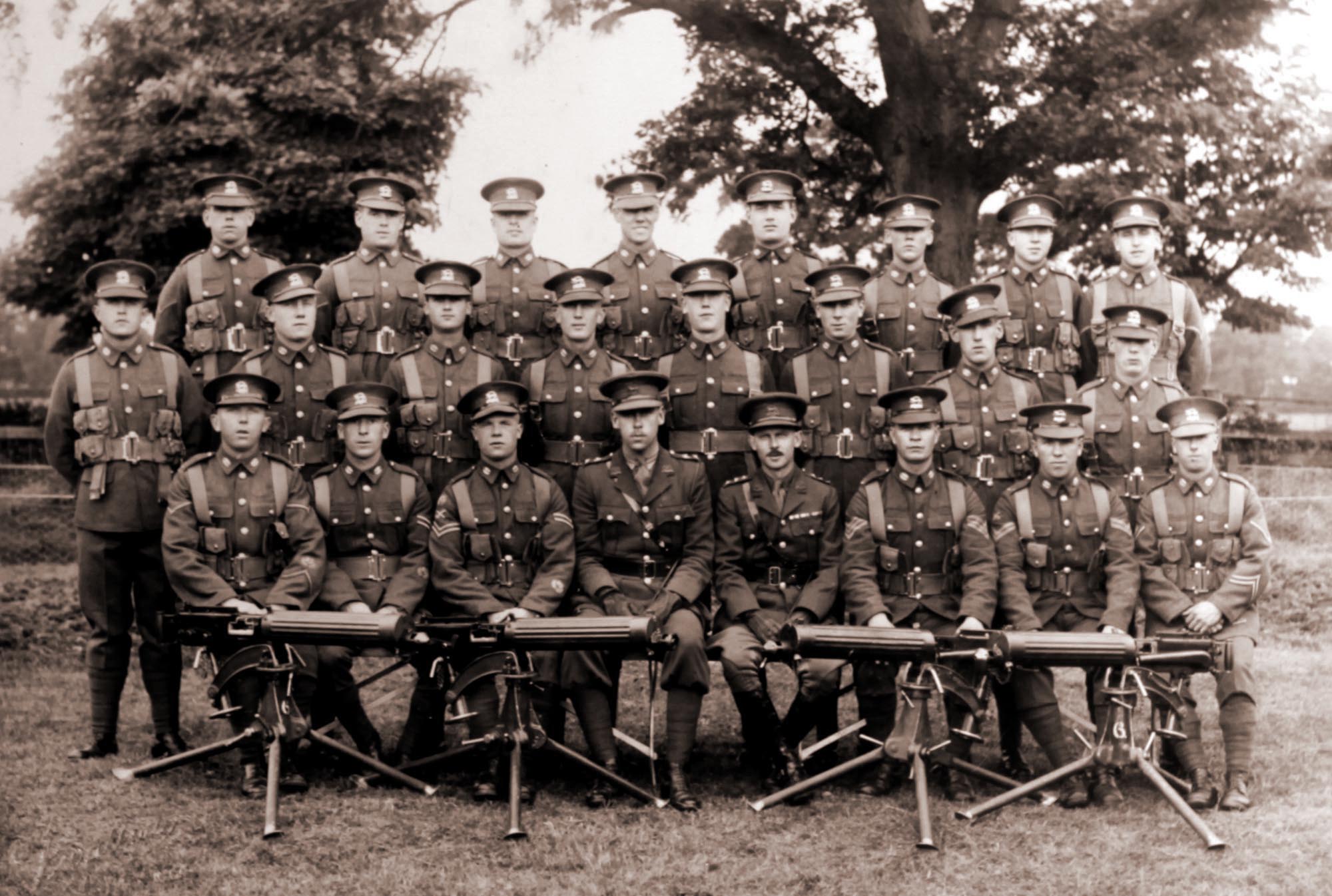
Leicestershire Record Office
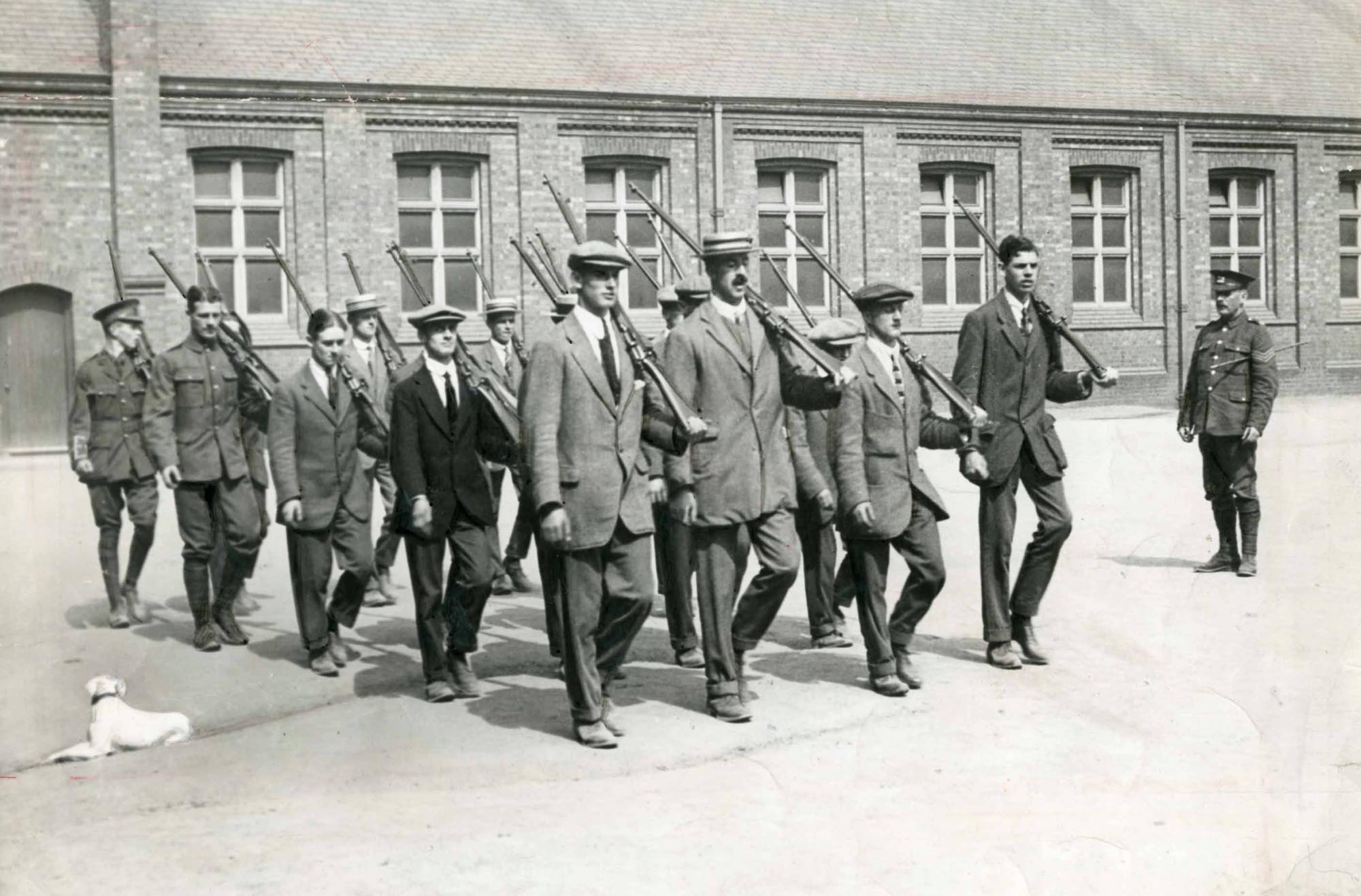
Leicester Mercury Archive at the University of Leicester

Roman Leicester
(47- 500) A military fort was erected, attracting traders and a growing civilian community to Leicester (known as Ratae Corieltauvorum to the Romans). The town steadily grew throughout the reign of the Romans.
Medieval Leicester
(500 – 1500) The early years of this period was one of unrest with Saxon, Danes and Norman invaders having their influences over the town. Later, of course, came Richard III and the final battle of the Wars of the Roses was fought on Leicester’s doorstep.
-
The Castle Motte1068

-
Leicester Cathedral1086

-
St Mary de Castro1107

-
Leicester Abbey1138

-
Leicester Castle1150

-
Grey Friars1231

-
The Streets of Medieval Leicester1265

-
Leicester Market1298

-
Trinity Hospital and Chapel1330

-
Bow Bridgecirca 1350

-
Church of the Annunciation1353

-
John O’Gaunt’s Cellar1361

-
St John's Stone1381

-
Leicester Guildhall1390

-
The Magazine1400

-
The Blue Boar Inn1400

-
The High Cross1577

Tudor & Stuart Leicester
(1500 – 1700) The wool trade flourished in Leicester with one local, a former mayor named William Wigston, making his fortune. During the English Civil War a bloody battle was fought as the forces of King Charles I laid siege to the town.
Georgian Leicester
(1700 – 1837) The knitting industry had really stared to take hold and Leicester was fast becoming the main centre of hosiery manufacture in Britain. This new prosperity was reflected throughout the town with broader, paved streets lined with elegant brick buildings and genteel residences.
-
Great Meeting Unitarian Chapel1708

-
The Globe1720

-
17 Friar Lane1759

-
Black Annis and Dane Hills1764

-
Leicester Royal Infirmary1771

-
New Walk1785

-
Freemasons’ Hall1790

-
Gaols in the City1791

-
Friars Mill1794

-
City Rooms1800

-
Development of Highfields1800

-
Wesleyan Chapel1815

-
20 Glebe Street1820

-
Charles Street Baptist Chapel1830

-
Glenfield Tunnel1832

-
James Cook1832

Victorian Leicester
(1837 – 1901) The industrial revolution had a huge effect on Leicester resulting in the population growing from 40,000 to 212,000 during this period. Many of Leicester's most iconic buildings were erected during this time as wealthy Victorians made their mark on the town.
-
Leicester Union Workhouse1839

-
Campbell Street and London Road Railway Stations1840

-
The Vulcan Works1842

-
Belvoir Street Chapel1845

-
Welford Road Cemetery1849

-
Leicester Museum & Art Gallery1849

-
King Street1850

-
Cook’s Temperance Hall & Hotel1853

-
Amos Sherriff1856

-
Weighbridge Toll Collector’s House1860

-
4 Belmont Villas1862

-
Top Hat Terrace1864

-
Corah and Sons - St Margaret's Works1865

-
Kirby & West Dairy1865

-
The Clock Tower1868

-
Wimbledon Works1870

-
The Leicestershire Banking Company1871

-
St Mark’s Church and School1872

-
Victorian Turkish Baths1872

-
The Town Hall1876

-
Central Fire Stations1876

-
Aylestone Road Gas Works and Gas Museum1879

-
Gas Workers Cottages1879

-
Leicestershire County Cricket Club1879

-
Welford Road Tigers Rugby Club1880

-
Secular Hall1881

-
Development of Highfields1800

-
Abbey Park1881

-
Abbey Park Buildings1881

-
Victoria Park and Lutyens War Memorial1883

-
Leicester Fosse FC 18841884

-
Leicester Coffee and Cocoa Company Coffee Houses1885

-
St Barnabas Church and Vicarage1886

-
Abbey Pumping Station1891

-
Luke Turner & Co. Ltd.1893

-
West Bridge Station1893

-
Thomas Cook Building1894

-
The White House1896

-
Alexandra House1897

-
Leicester Boys Club1897

-
Grand Hotel and General Newsroom1898

-
Highfield Street Synagogue1898

-
Western Park1899

-
Asfordby Street Police Station1899

-
Leicester Central Railway Station1899

Edwardian Leicester
(1901 – 1910) Electric trams came to the streets of Leicester and increased literacy among the citizens led to many becoming politicised. The famous 1905 ‘March of the Unemployed to London’ left from Leicester market when 30,000 people came to witness the historic event.
-
YMCA Building1900

-
The Palace Theatre1901

-
Pares's Bank1901

-
Coronation Buildings1902

-
Halfords1902

-
High Street1904

-
George Biddles and Leicester's Boxing Heritage1904

-
Municipal Library1905

-
Leicester Boys Club1897

-
The Marquis Wellington1907

-
Guild Hall Colton Street1909

-
Women's Social and Political Union Shop1910

-
Turkey Café1901

Early 20th Century Leicester
(1910 – 1973) The diverse industrial base meant Leicester was able to cope with the economic challenges of the 1920s and 1930s. New light engineering businesses, such as typewriter and scientific instrument making, complemented the more traditional industries of hosiery and footwear manufacturing.
-
Dryad Handicrafts1912

-
De Montfort Hall1913

-
Leicester During the First World War1914

-
Fox’s Glacier Mints1918

-
Statue of Liberty1919

-
Housing in Saffron Lane1924

-
Winstanley House1925

-
Housing in North Braunstone1926

-
Lancaster Road Fire Station1927

-
The Little Theatre1930

-
Saffron Hill Cemetery1931

-
Braunstone Hall Junior School1932

-
Former City Police Headquarters1933

-
Savoy Cinema1937

-
Eliane Sophie Plewman1937
-
City Hall1938

-
Athena - The Odeon Cinema1938

-
The Blitz in Highfields1940

-
Freeman, Hardy and Willis - Leicester Blitz1940

-
Leicester Airport1942

-
Leicester’s Windrush Generations1948

-
Netherhall Estate1950
-
Housing at Eyres Monsell1951

-
Silver Street and The Lanes1960

-
Bostik1960

-
Auto-Magic Car Park (Lee Circle)1961

-
University of Leicester Engineering Building1963

-
Sue Townsend Theatre1963

-
Central Mosque1968

-
Belgrave Flyover1973

Modern Leicester
(1973 – present day) Industry was still thriving in the city during the 1970s, with the work opportunities attracting many immigrants from all over the world. While industry has declined in recent years, excellent transport links have made Leicester an attractive centre for many businesses. The City now has much to be proud of including its sporting achievements and the richness of its cultural heritage and diversity.
-
Haymarket Theatre1973

-
The Golden Mile1974

-
Acting Up Against AIDS1976

-
Belgrave Neighbourhood Centre1977

-
Diwali in Leicester1983

-
Leicester Caribbean Carnival1985

-
Samworth Brothers1986

-
Jain Centre1988

-
Guru Nanak Dev Ji Gurdwara1989

-
King Power Stadium2002

-
LCB Depot2004

-
Curve2008

-
BAPS Shri Swaminarayan Mandir2011

-
Makers Yard2012

- Roman Leicester
- Medieval Leicester
- Tudor & Stuart Leicester
- Georgian Leicester
- Victorian Leicester
- Edwardian Leicester
- Early 20th Century Leicester
- Modern Leicester
Civic Affairs















































































































































